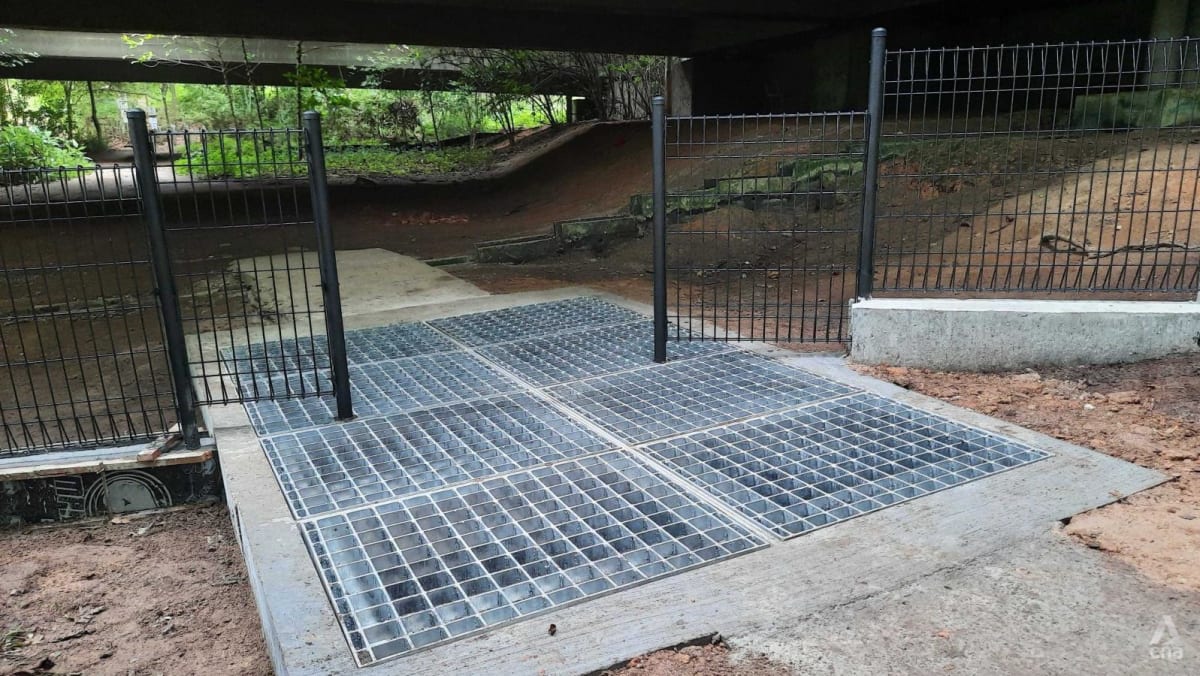
SCALING UP OF MEASURES
Boars are native to Singapore and can weigh up to 100kg, with a lifespan of over 20 years, according to NParks’ website. While omnivorous, they feed mainly on seeds, tubers and young plants.
The mammals can reproduce up to twice a year, with a litter size of four to 12 piglets. With feeding by humans, boars can produce an even larger litter of eight to 16 piglets due to nutrients in the food, NParks told the media in a briefing.
Boars reside in forested areas but may venture into surrounding residential areas in search of food. They may get aggressive due to urban stimulation like bright lights and loud sounds.
In May, a woman was hospitalised with multiple wounds after she was attacked by a wild boar at a bus stop along Bukit Panjang Road. The animal was euthanised after it was found to have two broken hind legs.
Another attack occurred on Jun 1, involving a 40-year-old man who was walking his dog at Zhenghua Nature Park. The boar bit the man’s leg and left him with a wound that required more than 20 stitches.
Including these two attacks, NParks has handled three wild boar incidents as of June this year.
The agency said that these exclusion measures were to complement existing ones such as culling and limiting human sources of food.
Zhenghua Nature Park is often used by the boars as a transit corridor due to its proximity to Chestnut Nature Park, Central Catchment Nature Reserve and Dairy Farm Nature Park.
NParks identified three key points of connection between forested areas and Zhenghua Nature Park: Gali Batu Flyover, Bangkit underpass and along Chestnut Avenue.
“These are areas where the access points are funnelled to the shortest width, so it makes most economic sense to install barriers at these strategic locations,” group director of Wildlife Management at NParks Ryan Lee said.

